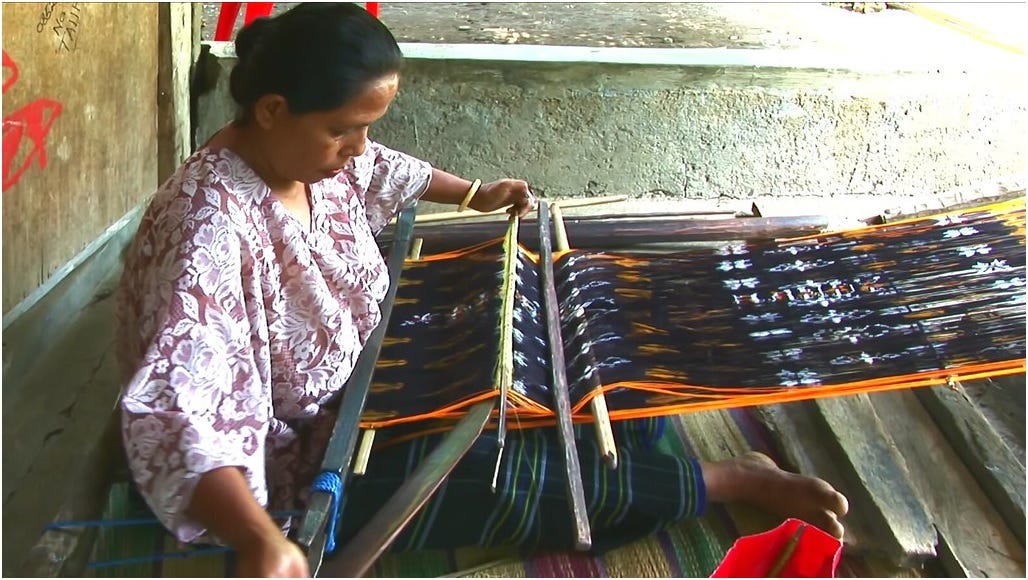Dayak Ikat Art in Borneo
Weaving for a cause
By: Gregory McCann
It all starts with a dream in a sleeping Dayak woman in West Kalimantan province in Indonesian Borneo. Sometimes a Tomistoma crocodile emerges from the misty morning waters of Danau Sentarum, while other times it is the highly sought-after and nearly extinct in the wild Asian Arowana fish disappearing into the depths of the lake like a…
Keep reading with a 7-day free trial
Subscribe to Asia Sentinel to keep reading this post and get 7 days of free access to the full post archives.

